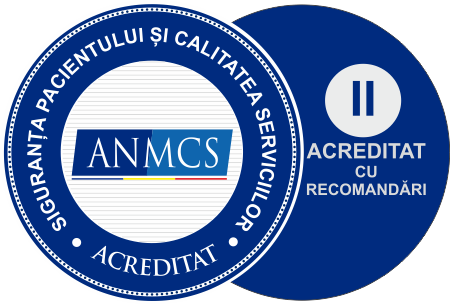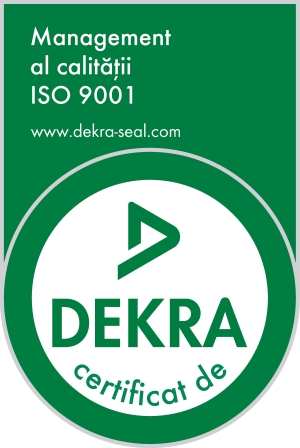Erythema Multiforme is a cutaneous and mucosal condition of multiple etiology, characterized by erythematous papular and sometimes vesicular rashes, located on the extremities in the minor form and, respectively, by diffuse erythematous papular blisters, simultaneously affecting the mucous membranes, in the major form.
The incidence peak is between 15 and 30 years of age; the rashes are more frequent in spring and autumn; the minor form is more frequently correlated with the herpes virus infection, it spontaneously resolved within 3–6 weeks, but it generally relapses; the major form is more frequently correlated to Mycoplasma pneumonia, with a severe and potentially lethal general condition in approx. 5 – 15% of the cases.
Key Clinical Symptoms and Signs:
- Minor form: large erythematous papular rashes (5 – 15mm in diameter) with a cockade rash pattern, especially located on the extremities (hands, legs, forearms, calves), with accompanying pruritus, burns or paresthesia.
- Major form (Stevens-Johnson’s Syndrome): generalized blister rash, associated to erythematous papular rash in cockade or grouped in polycyclic plaques and always with bleeding erosions covered with pseudomembranes on the mucous membranes, the following being affected (in the order of frequency): the buccal mucosa, the lips, the genital mucous membrane, the nasal mucous membrane, the ocular, the perianal, and, more rarely, the pharyngeal, laryngeal and esophagus membrane. Patients are febrile, with an altered general condition.



